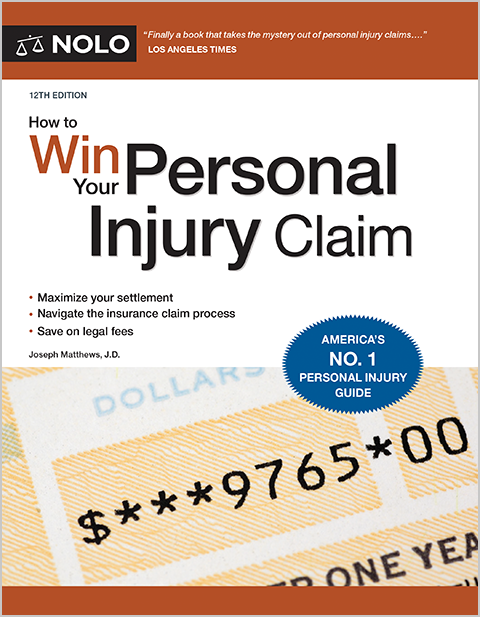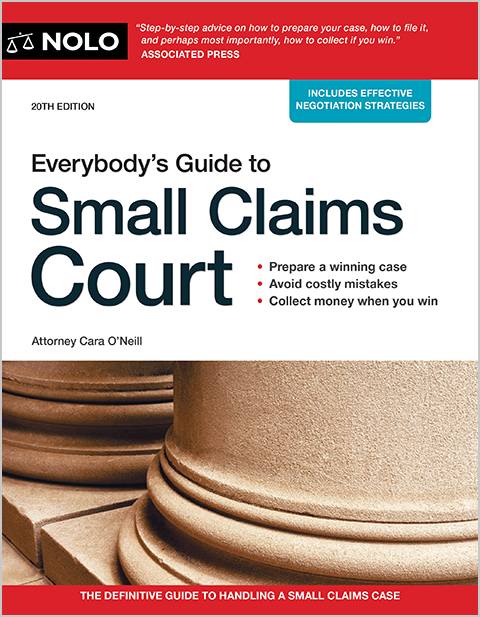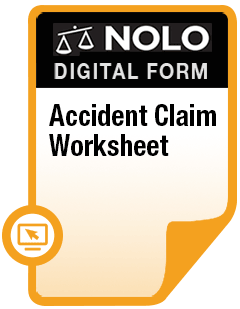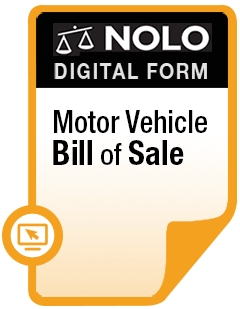Time limits for filing an Arizona car accident lawsuit, rules for reporting a car accident in Arizona, and more.
If you've been in any kind of traffic accident in Arizona, it makes sense to get familiar with several state laws, including the deadline for filing a car accident lawsuit in Arizona's courts, what happens when you share fault for the crash, and when you need to report an accident.
- Is Arizona a No-Fault Car Accident State?
- What Compensation Can I Get After an Arizona Car Accident?
- What Is the Arizona Car Accident Statute of Limitations?
- What If Both Drivers Are at Fault in an Arizona Car Accident?
- Do I Need Car Insurance in Arizona?
- Do I Need to Report a Car Accident In Arizona?
- What Is a "Salvage" Vehicle in Arizona?
- Getting Help After an Arizona Car Accident
Is Arizona a No-Fault Car Accident State?
No. Around a dozen states follow a "no-fault" system for car accidents, at least when it comes to most car insurance claims, meaning you must turn first to your own insurance coverage to make a claim for losses after a car accident, regardless of who caused the crash. But Arizona isn't one of these states.
Instead, Arizona follows a traditional "fault"-based system for liability for injuries, vehicle damage, and other losses after a crash. That means the person who was at fault for the car accident is also on the financial hook for any resulting harm. Practically speaking, that also means the at-fault driver's insurance carrier will cover the losses of those harmed in the accident (physically or financially) up to the driver's liability coverage limits.
Learn more about proving fault for a car accident.
What Compensation Can I Get After an Arizona Car Accident?
When you're injured in a car accident in Arizona, as part of any insurance claim or lawsuit, you're entitled to recover compensation for the full spectrum of your crash-related losses (called "damages" in the language of the law), including:
- the cost of medical treatment for your car accident injuries
- your pain and suffering (mental and physical) resulting from the car accident and your injuries, and
- any financial harm caused by the accident, including lost income and impact on your inability to work.
What Is the Arizona Car Accident Statute of Limitations?
A "statute of limitations" is a state law that sets a strict time limit on the right to bring a lawsuit. These deadlines vary depending on the kind of harm you suffered.
In Arizona, the statute of limitations that affects car accident lawsuits is the same as the larger one that applies to all personal injury cases. Specifically, Arizona Revised Statutes section 12-542 sets a two-year deadline for the filing of any civil case seeking a remedy for "injuries done to the person of another," for "trespass for injury done to the estate or the property of another," and for "injuries done to the person of another when death ensues from such injuries."
So, after a car accident, the same two-year time limit would apply regardless of whether the legal remedy being sought is for injury, vehicle damage, or wrongful death, and whether the case is being filed by a driver, passenger, motorcyclist, bicyclist, electric scooter rider, or pedestrian. The two-year "clock" usually starts running on the date of the accident.
If you try to file your lawsuit after the two-year time window has closed, the court will almost certainly refuse to consider it, so it's important to understand how the statute of limitations applies to your situation.
Does the Arizona Statute of Limitations Apply to Car Insurance Claims?
No, the statute of limitations doesn't apply to a car insurance claim. But any insurance company, whether your own or the other driver's, is going to require you to make a claim—or at least give the insurer notice of an incident that could trigger a claim—"promptly" or "within a reasonable time" after the accident. That usually means a few days. Learn more about contacting your car insurance company after an accident.)
And even if you're confident that your case will be resolved through the car insurance claim process, you'll want to leave yourself plenty of time to file a lawsuit in case you need to—if for no other reason than added leverage during settlement talks. If you think you might be running up against the two-year deadline, it may be time to contact an experienced Arizona car accident attorney.
What If Both Drivers Are at Fault in an Arizona Car Accident?
If the other driver was entirely at fault for your car accident, the result is usually predictable: The other driver (typically through their insurance carrier) must compensate you for medical bills, lost wages, and other losses you suffered. But what happens if you were partly at fault?
Arizona follows a "pure comparative fault" rule when both parties are found to share blame for an accident. In the rare event that a car accident lawsuit goes to trial, the jury is asked to calculate two things based on the evidence: The total dollar amount of the plaintiff's damages, and the percentage of fault that belongs to each party. Under the pure comparative fault rule, the plaintiff's damages award is reduced by a percentage equal to their share of fault.
For instance, suppose that in your case, the jury decides your total damages award should be $100,000 (including your medical bills, lost income, vehicle damage, and pain and suffering). But the jury also decides you are 25 percent responsible for the accident (maybe you were speeding). Under Arizona's comparative fault rule, you are entitled to 75 percent of the $100,000 total, or $75,000—still a significant sum, but less than the total of your damages.
Arizona's comparative fault rule applies even if you are found to be more responsible for the accident than the other driver. For instance, if the jury decides you are 90 percent at fault, you are still technically entitled to 10 percent of your total damages, but of course the other side of the coin is that you'll be on the hook for 90 percent of the other driver's damages.
Do I Need Car Insurance in Arizona?
Car insurance is certain to play a part in any claim that's made after a car accident. Arizona, like most states, requires the owner of a motor vehicle to maintain a certain amount of insurance coverage in order to operate the vehicle legally on the state's roads and highways. So, understanding the Arizona auto insurance rules is essential to any potential car accident case.
Do I Need to Report a Car Accident In Arizona?
Unlike the traffic laws in most states, the Arizona Traffic and Vehicle Regulation Code places much of the accident reporting responsibility on law enforcement officers, not on the drivers involved in the crash.
Under Arizona Revised Statutes section 28-667, a law enforcement officer must prepare a written report of any accident they investigate, if the crash results in:
- injury or death
- over $2,000 in damage to any person's vehicle or other property, or
- the issuance of a traffic ticket.
Of course, law enforcement can't investigate an accident it doesn't know about. So perhaps the best strategy to follow after a car accident in Arizona is to call law enforcement to the scene, unless it's a truly minor accident with no apparent injuries and very little vehicle damage.
What Is a "Salvage" Vehicle in Arizona?
In Arizona, a "Salvage" title will be issued on any vehicle that has been damaged to the extent that it's considered "uneconomical" to repair. Usually, that means fixing the car would cost more than its "actual cash value" at the time of the damage, and so the vehicle has been called a "total loss" by a car insurance company.
You can't legally drive a car that's under a "Salvage" title in Arizona, but you can get it fixed, inspected, and retitled as a "Restored Salvage."
How Do I Get a "Restored Salvage" Title in Arizona?
Here's a rough outline of the steps for taking a "Salvage" vehicle to "Restored Salvage" status so you can drive it legally:
- complete an application for a "Restored Salvage" title
- get a "Level III" inspection from an Arizona law enforcement officer
- get an emissions compliance certificate
- surrender the "Salvage" title, and
- pay any necessary fees.
Learn more about Inspections and Salvage Vehicles (from azdot.gov).
Getting Help After an Arizona Car Accident
Familiarizing yourself with the car accident laws in Arizona is one thing, but if you've been hurt in a crash, you might need more than just information. Consulting an Arizona car accident lawyer can help you understand your rights and the value of your potential claim.
Have you been in a car accident?
Take our free car accident quiz to find out if you're likely to get a settlement.
- Is Arizona a No-Fault Car Accident State?
- What Compensation Can I Get After an Arizona Car Accident?
- What Is the Arizona Car Accident Statute of Limitations?
- What If Both Drivers Are at Fault in an Arizona Car Accident?
- Do I Need Car Insurance in Arizona?
- Do I Need to Report a Car Accident In Arizona?
- What Is a "Salvage" Vehicle in Arizona?
- Getting Help After an Arizona Car Accident



